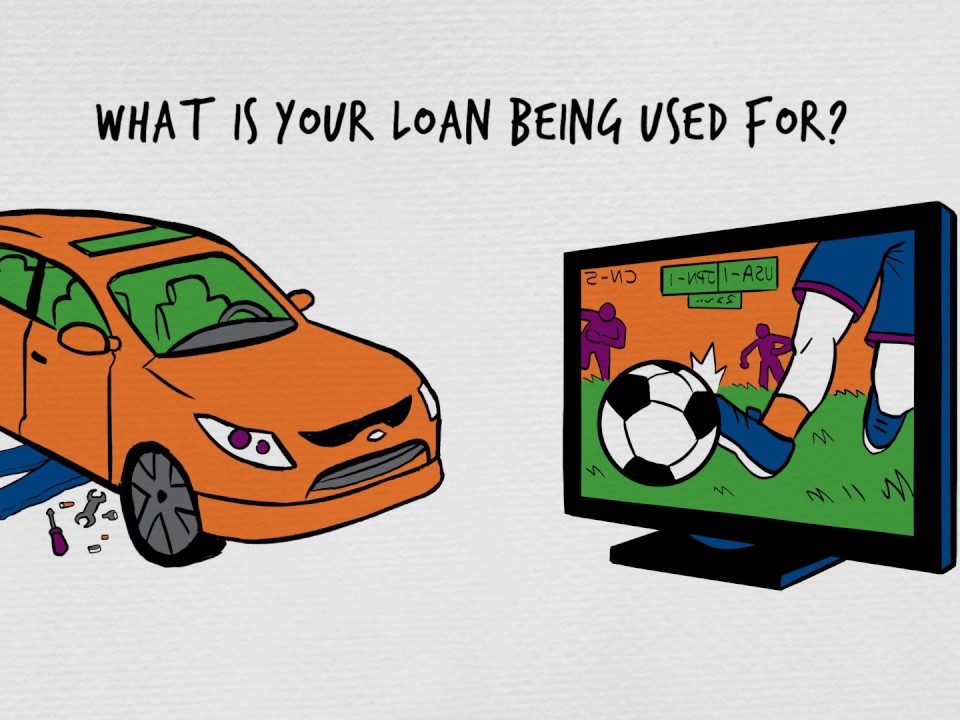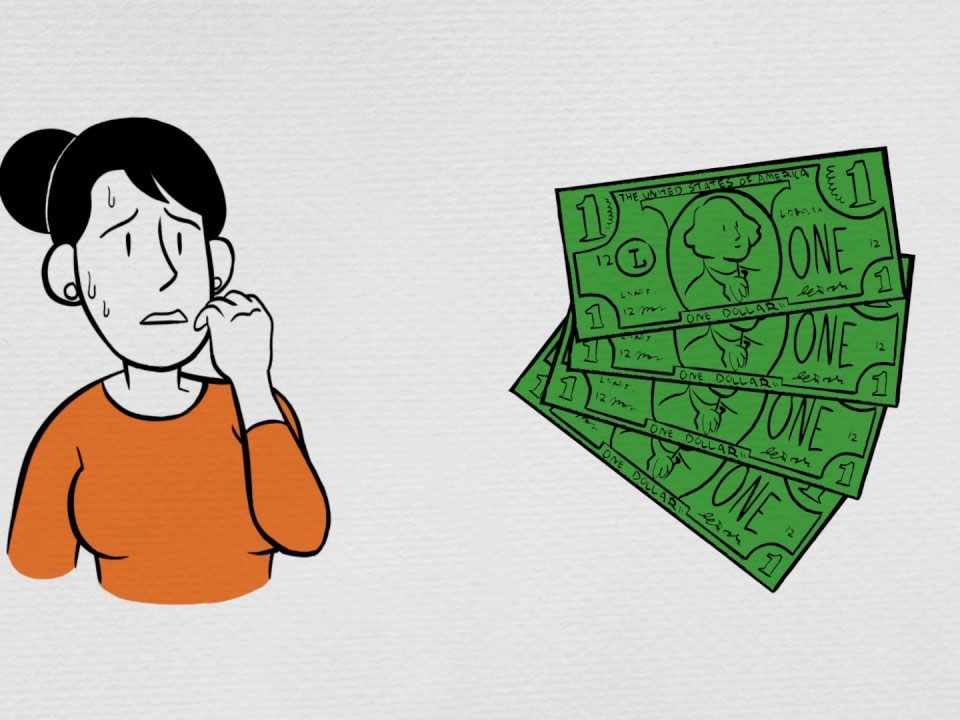
Buying A Used Car
March 6, 2017
What is IRS Free File?
March 6, 2017As April 15th approaches, many people are filing their taxes and looking forward to pocketing their refund checks. This year, the average tax refund is $3,053. Now the question becomes, “What do you do with the money?”
“The knee-jerk reaction after receiving your tax refund may just be to deposit it into your checking account or spend it, but you really want to think about ways to make it last or maximize it ,” says Patty Hasson, President and Executive Director of Clarifi. “A good rule of thumb is to always save at least part of your tax return yearly.”
Clarifi offers the following tips to help you maximize your tax refund.
Allocate it—before you can spend it
When filing your taxes, consider using IRS Form 8888 to allocate your refund. The form allows you to deposit your money into various accounts, including checking, savings and IRA. Form 8888 can also be used to purchase series I U.S. Savings Bonds (which earn interest that’s exempt from state income taxes). A big benefit to allocating at least part of your refund outside your checking account is that the money will be out of your reach for spending.
Save it for a goal you can get behind
Saving money is a lot easier when you have a goal in mind. It also helps when that goal means something to you and is worth saving toward. Maybe you’re saving to go back to school or that trip to Bermuda. So when your tax refund comes, use it to help you get closer to your goal. Then, you can move on to the next goal.
Make it your last refund
No more tax refunds? What? Remember, your tax refund is not a bonus from the government; it’s money that was yours in the first place. The government has just been holding it—without interest. Consider modifying your W4 to lessen the money being withheld by the IRS and put that money into an interest-bearing account throughout the year instead. Worried about spending the money anyway? Set up automatic deposits to a savings account so that you pay yourself first and don’t have immediate access to the money. See your employer or visit the IRS’ website to learn more about updating your W4.
Need help filing your taxes? Visit at Volunteer Income Tax Assistance (VITA) or a Tax Counseling for the Elderly (TCE) site. Click here to find a location near you.




